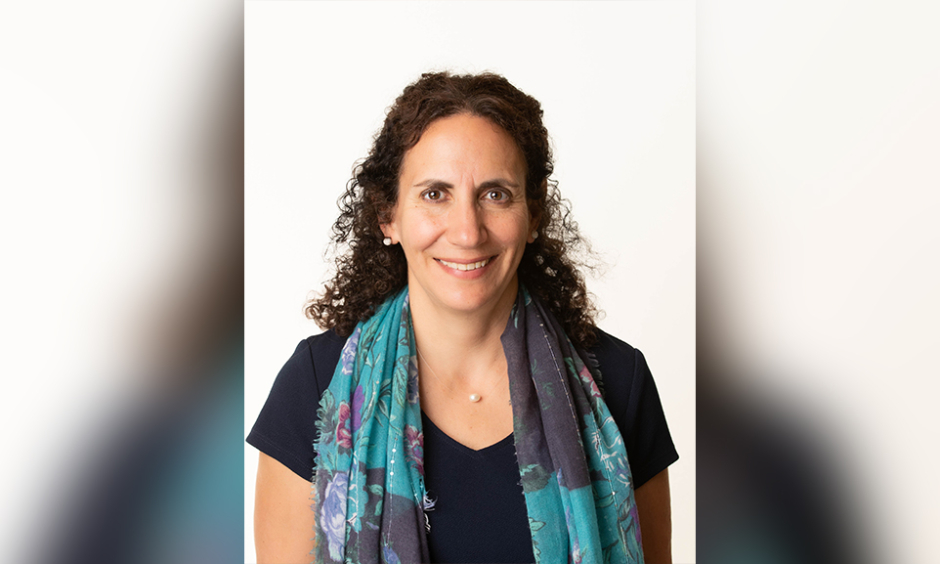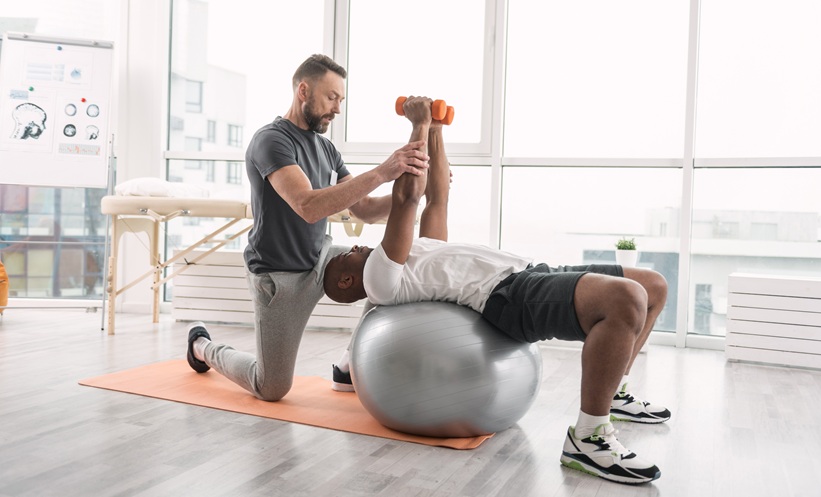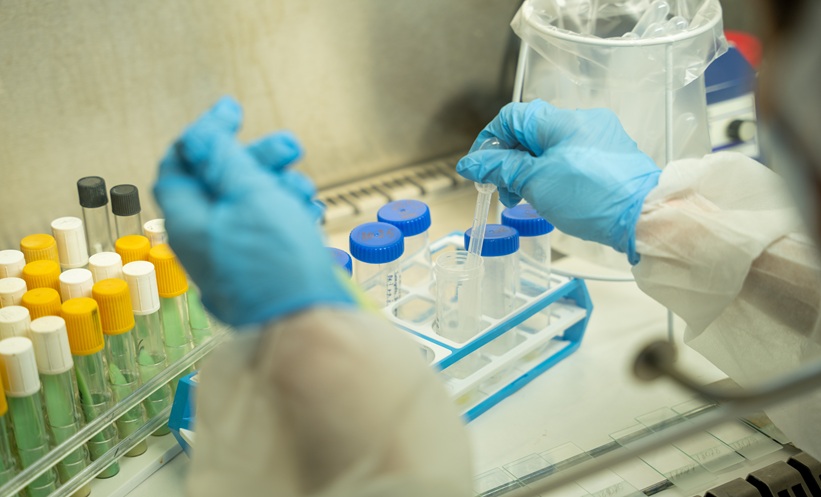Dr Dina Brooks | ERS Assembly Lifetime Achievement Award Winner.
School of Rehabilitation Sciences, McMaster University, Hamilton, Canada
![]()
What led you to pursue a career in cardiopulmonary rehabilitation?
When I was doing my physiotherapy degree, I had a very inspiring instructor who taught cardiopulmonary physiotherapy. Her passion was contagious. In addition, I loved being in acute care and I enjoyed the hospital environment. I felt that we could make such a difference to people’s lives. I then enrolled in a MSc degree in respiratory physiology and very much enjoyed the scientific enquiry.
This year, you received the ERS Assembly Lifetime Achievement Award. Which contributions to respiratory medicine are you most proud of?
I am most proud of the studies we have done to figure out how to maintain the effects of pulmonary rehabilitation longer. We have created different models of follow-up after completion of rehabilitation. One example is to use community centres and fitness instructors in maintenance programmes. I do not think we have the perfect answer yet, but we know that some contact with a healthcare professional is important. We also know that we can create safe community-based follow-up programmes. One study where we used dance to keep people with chronic obstructive pulmonary disease active after pulmonary rehabilitation showed us that the activities need to be enjoyable for the individuals.
Could you please tell us about your current research and the outcomes you hope for?
My most challenging study at this time is an international randomised controlled trial examining the effect of balance training on falls in individuals with chronic obstructive pulmonary disease. We have partners in Australia, Europe, and Canada and we are trying to recruit over 300 patients. Managing such a large trial has been challenging but exciting.
What impact is the COVID-19 pandemic having on pulmonary rehabilitation, and how do you think it will shape the future of the field?
Pulmonary rehabilitation has had to pivot to be virtual to some degree or another. Virtual pulmonary rehabilitation is a challenge as it is difficult to assess physical function and prescribe specific exercises. However, there are many advantages as it minimises the barriers related to access. The virtual rehabilitation will be great long-term, especially for those who live far from pulmonary rehabilitation centres.
What is the biggest challenge facing cardiopulmonary rehabilitation currently?
The biggest challenge is the stigma against people with lung disease. The stigma impacts funding and services that people with pulmonary disease can access.
Which ongoing developments in cardiopulmonary rehabilitation do you consider to be promising and exciting?
Exciting developments include the role of non-traditional approaches in rehabilitation. For example, I am excited about the potential of dance as a way to maintain physical activity.
Mobile and digital health are being utilised in many areas of medicine. What is your opinion on their potential in cardiopulmonary rehabilitation?
It is an area that we are studying. We are interested in the perspectives of patients and healthcare professional. Mobile and digital health will resonate with some patients but not others. The key is how to choose wisely which patients would benefit from mobile and digital health.







